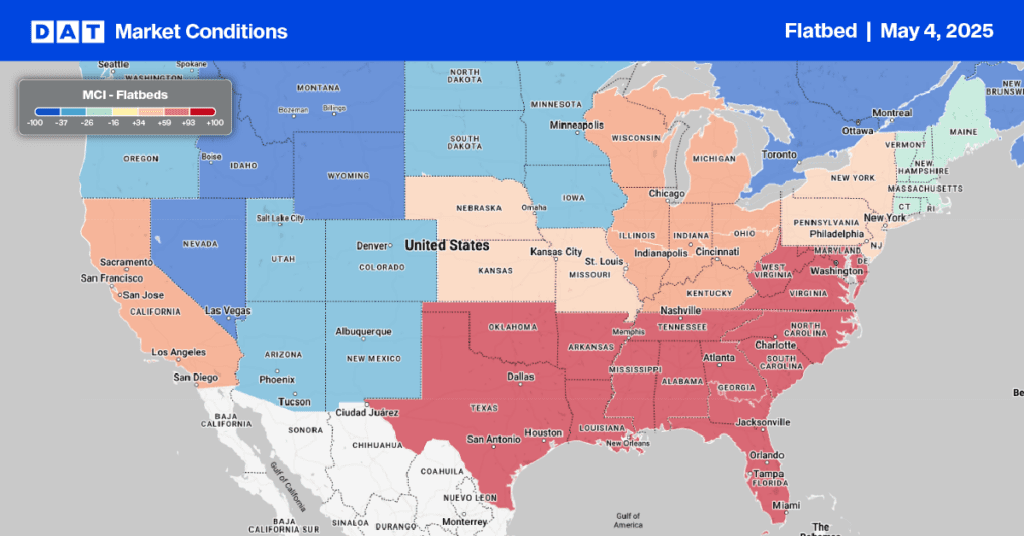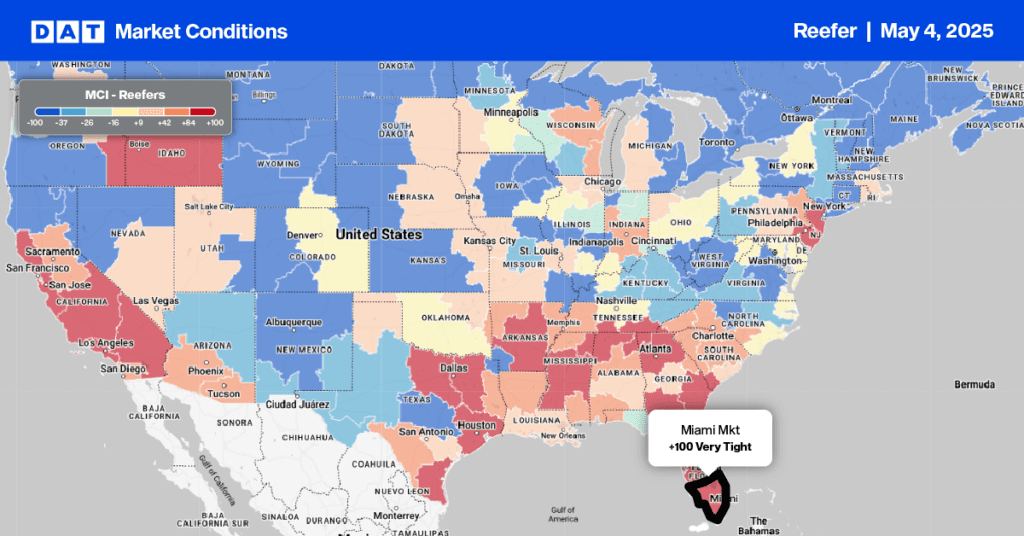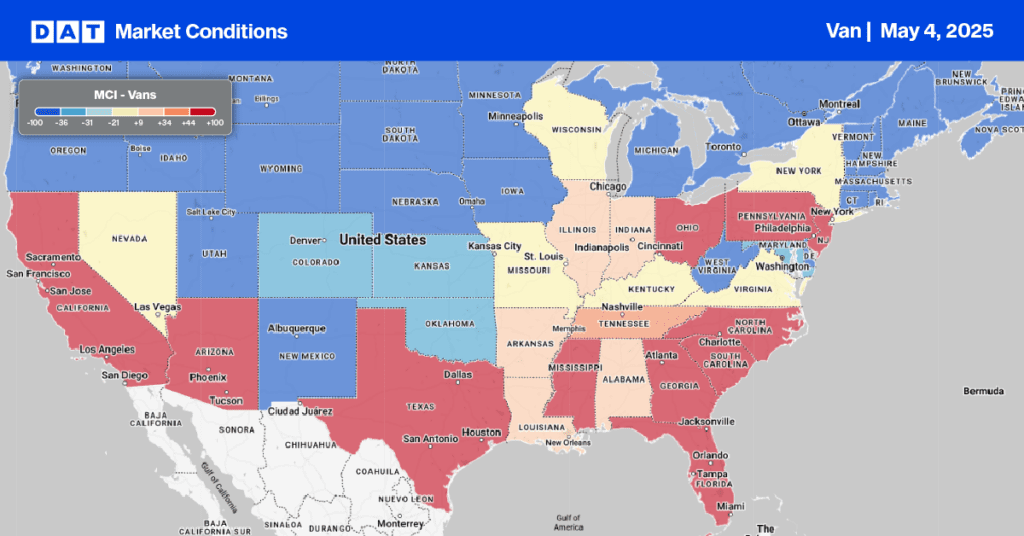Memorial Day is just five weeks away, and even though cargo thieves won’t be taking time off, it is a time of the year when supply chain professionals should be on high alert. Highlighting just how big a problem cargo theft is in the U.S., New York District Attorney Damian Williams announced a multi-year beer heist enterprise — primarily Corona and Modelo shipped from Mexico, had been smashed. Cargo theft involved railroad cars and beverage distribution facilities throughout the Northeast, including Connecticut, Massachusetts, New Jersey, and New York.
William said, “For years, the Beer Theft Enterprise has operated brazenly, allegedly breaking into railyards and beverage distribution facilities throughout the Northeast and filling U-Haul box trucks to the brim with cases of beer. That dangerous and disruptive conduct — sometimes allegedly accompanied by the threat of violence — has left several beverage distributions and railroad companies ailing.
Get the clearest, most accurate view of the truckload marketplace with data from DAT iQ.
Tune into DAT iQ Live, live on YouTube or LinkedIn, 10am ET every Tuesday.
Cargo theft is expected to increase over Memorial Day on the long weekend
For Shippers, Carriers, and Brokers, the upcoming Memorial Day long weekend is a time to step up load security. According to CargoNet, a Verisk business, cargo thieves will seek to leverage extended business closures and trailers left unattended as drivers enjoy time off with family.
Over the last five years, there has been a rise in theft incidents reported to CargoNet during the Memorial Day holiday. The top three targeted states are California, Texas, and Florida, with food and beverage, household goods, and electronics as the top targeted commodities. CargoNet recorded 125 cargo thefts for almost $17 million over the five years, with warehouses, distribution centers, and parking lots the most common locations chosen by cargo thieves.
Towards the end of 2023, CargoNet said, “There is no indication that cargo theft activity will slow in the domestic United States anticipating that strategic cargo theft will remain at unprecedented levels. We caution the industry that strategic cargo theft rings have picked up activity around holiday periods throughout this year. Additionally, strategic cargo theft groups have widened their preferred commodity targets to include truckload shipments of metal like copper, brass, and aluminum, apparel – especially officially licensed sports apparel, and shipments of personal care and beauty products.”
According to CargoNet’s most recent cargo theft data the third quarter of last year, theft of a loaded conveyance such as a full trailer increased by 4% year-over-year. Last Memorial Day, CargoNet expressed concern about heightened trailer burglary and full trailer theft activity in the Eastern half of the United States, including:
- Full trailer theft activity from organized cargo theft groups from South Florida that surveil warehouses across the Eastern seaboard or Midwest and follow outbound shipments until the driver leaves the trailer unattended
- Full trailer theft activity in the Dallas-Fort Worth Metropolitan Area
- Trailer burglary in the Chicagoland area, especially around Bolingbrook, IL
- Trailer burglary and full trailer theft activity in the Atlanta Metropolitan Area
- Trailer burglary and full trailer theft activity in Philadelphia, PA
Cargo thieves target what they can sell quickly
DAT Freight & Analytics spoke to Scott Cornell, National Practice Lead—Transportation, Inland Marine Crime & Theft Specialist at Travelers Insurance, about the latest trends. According to Cornell, “The golden rule is that cargo thieves will target what they know they can sell, as they don’t want to sit on cargo. Food and beverage was number one from 2010 to 2020, and then the pandemic hit, and household goods took over as the number one stolen commodity.” Cornell said, “Food and beverage is a fantastic commodity because you don’t have to activate a warranty online. You can’t ping it on the internet. There’s no barcode on frozen chicken. There’s no serial number on the pistachio, and then all the evidence is consumed in a short period of time”.
Travelers Insurance advises clients to establish what they call a “red zone” around known hot spots. “We know that a lot of these organized rings will set up surveillance outside of distribution centers and then follow drivers away in hopes that they go a very short distance,” Cornell said. It’s not uncommon for truckers to leave a distribution center after loading and then stop at a nearby truck stop to get fuel, maybe use the shower, and have a meal, which allows cargo thieves to steal the load.
Travelers’ risk management policy for red zones would advise the driver to do everything before loading. So when they pick up the load, they can drive for 200 to 250 miles before stopping, deterring as many as 80% of cargo thieves. According to Cornell, “Most thieves don’t want to put that much effort into it, but over the last couple of months, we’ve seen a couple of loads followed all the way into neighboring states.”
Travelers prefer to work with their clients on risk mitigation through the implementation of procedures via a three-prong process:
- That first involves implementing red zones. This includes using stable drivers and not parking in unpopulated stray gravel parking lots with low visibility. You should also advise security partners and customers when you have to stage loads over the weekend and ensure the staging area has security guards and a high level of security.
- The second involves additional layers of security, including hard-locking devices such as air cuff locks, landing gear locks on the trailer, and locks on the rear door.
- The third layer is the use of technology to facilitate the tracking of vehicles and loads. Using geodata from telematics devices installed in trucks, trailers, and loads, alerts can be triggered when a vehicle arrives or leaves a high-value shipper or receiver location. The driver’s route is then geofenced so the company dispatcher can track the load in real time.
What areas should shippers, carriers, and brokers be on the lookout for?
According to Travelers, cargo theft patterns center around port city areas in California, Texas, Florida, Georgia, New Jersey, and the inland ports of Chicago and Memphis. All have ports, truck terminals, and large rail yards close to large populations connected by arterial highways, enabling the rapid movement of stolen goods. They are also large economic regions with a consumer base that the cargo thieves need.


